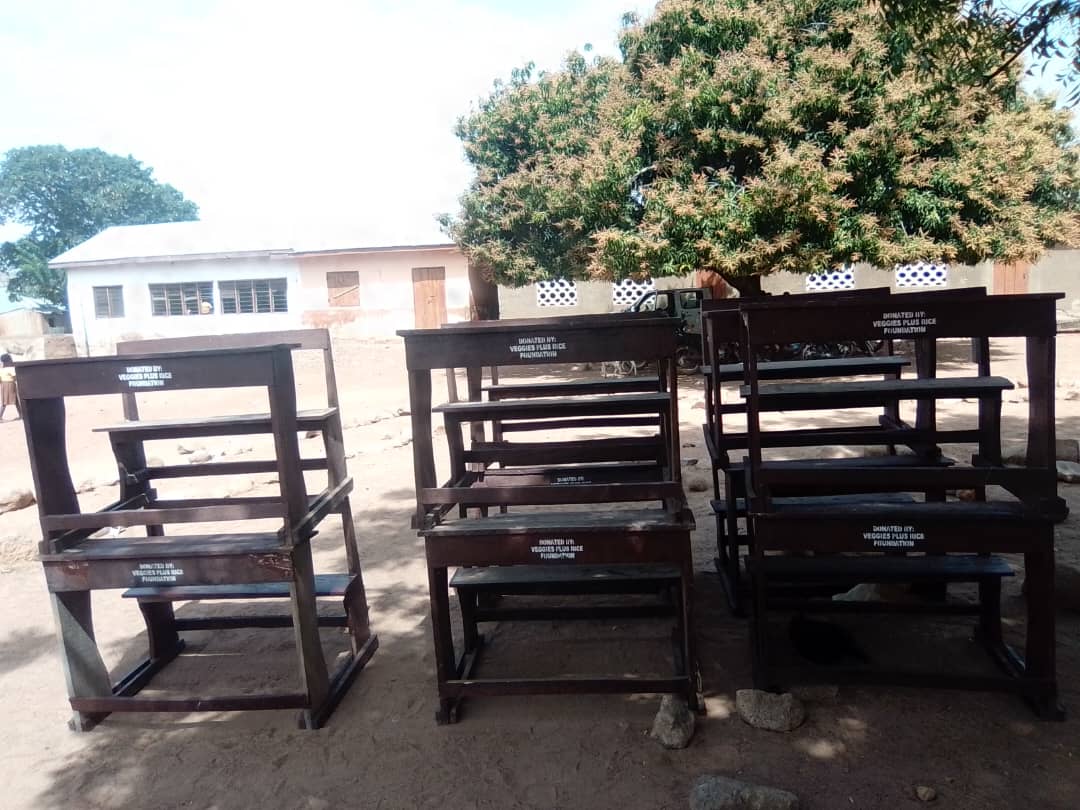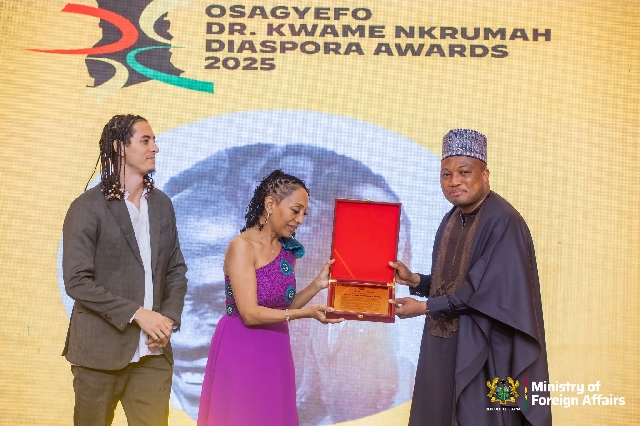Taking Stock: The $1 million dollars per constituency (OMC) scheme.
Here are some questions that IMANI asked in 2016. Seeing the results of the policy, these questions are still relevant should the policy be continued.
1. The only administrative structures at constituency level are the MP offices. Will MPs be responsible for managing this new fund? Then why not scrap districts and make the idea of electing DCEs redundant as MPs are elected? Then the resources available to DCEs can be handed over to the MP offices to manage. What is the point of creating a parallel administrative structure at constituency level?
2. Currently, each district receives on average $1.8 million. If the money sent to the districts were instead sent to constituencies, each one would receive roughly $1.4 million. The OMC scheme would thus imply a 70% increase in the funds allocated to local governments. This looks amazing until one realises that currently only 40% of the funds allocated to the local government entities actually get to them, due to high bureaucratic costs at the level of the funds’ managers in Accra. Instead of a 70% increase in payments out of the national treasury, why not simply reform the local government financing arrangement to cut down on the 60% overhead?
3. Why give each constituency $1 million when needs and populations vary so much? 6 out of every 10 people in the North falls within the lowest fifth of the country’s wealth structure, whilst in Accra the corresponding figure is less than 2 out of 10 people. Whilst there are about 320,000 people in Asawase and 530,000 people in Weija/Ga-South, there are less than 60,000 people in Dormaa East, Sissala West, and Lambussie Karni. Why should these districts all get the same amount?, IMANI’s honorary vice-president for research, Bright Simons asked.
Apexnewsgh.com/Ghana
Please contact Apexnewsgh.com on email apexnewsgh@gmail.com for your credible news publications











